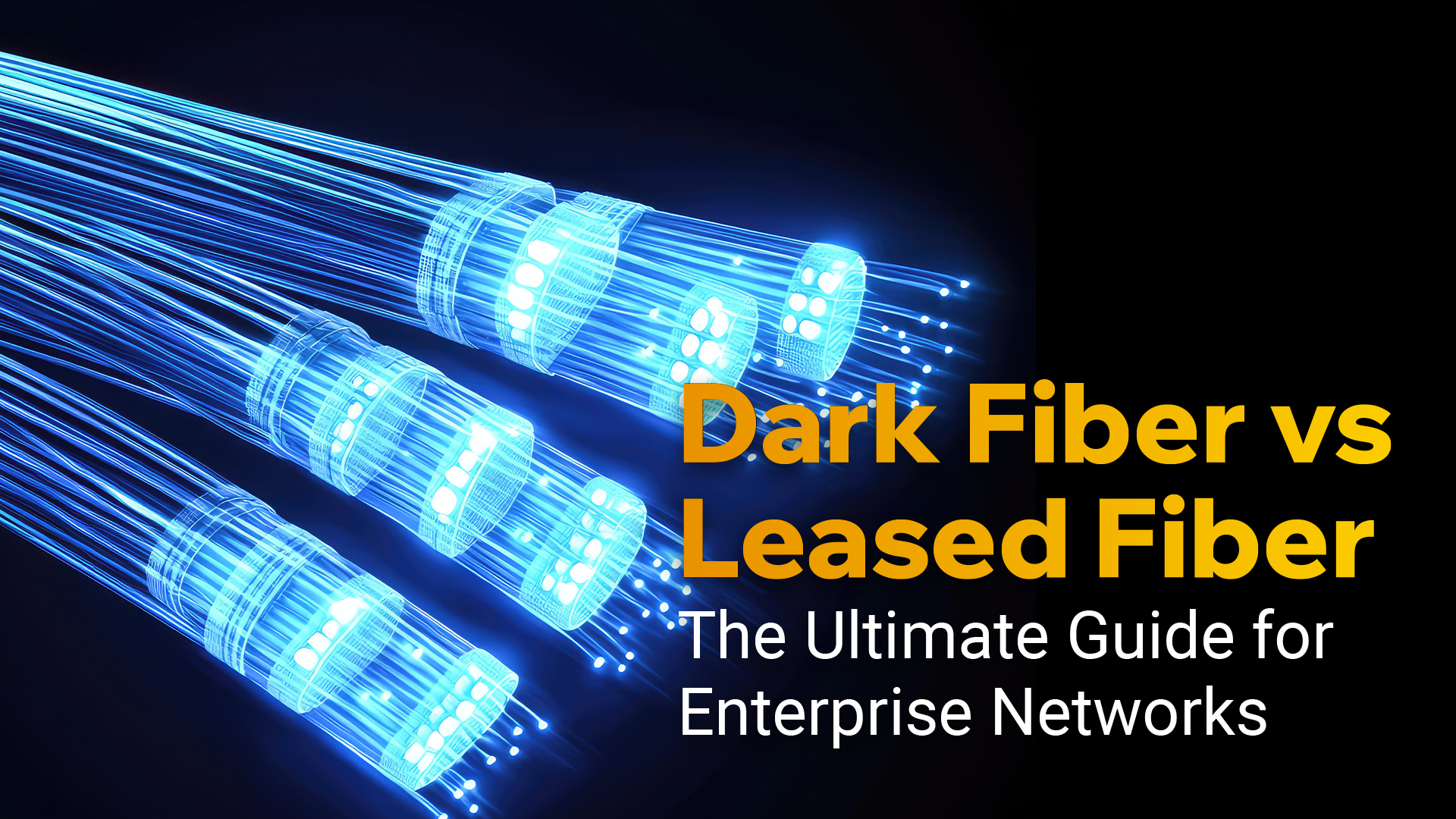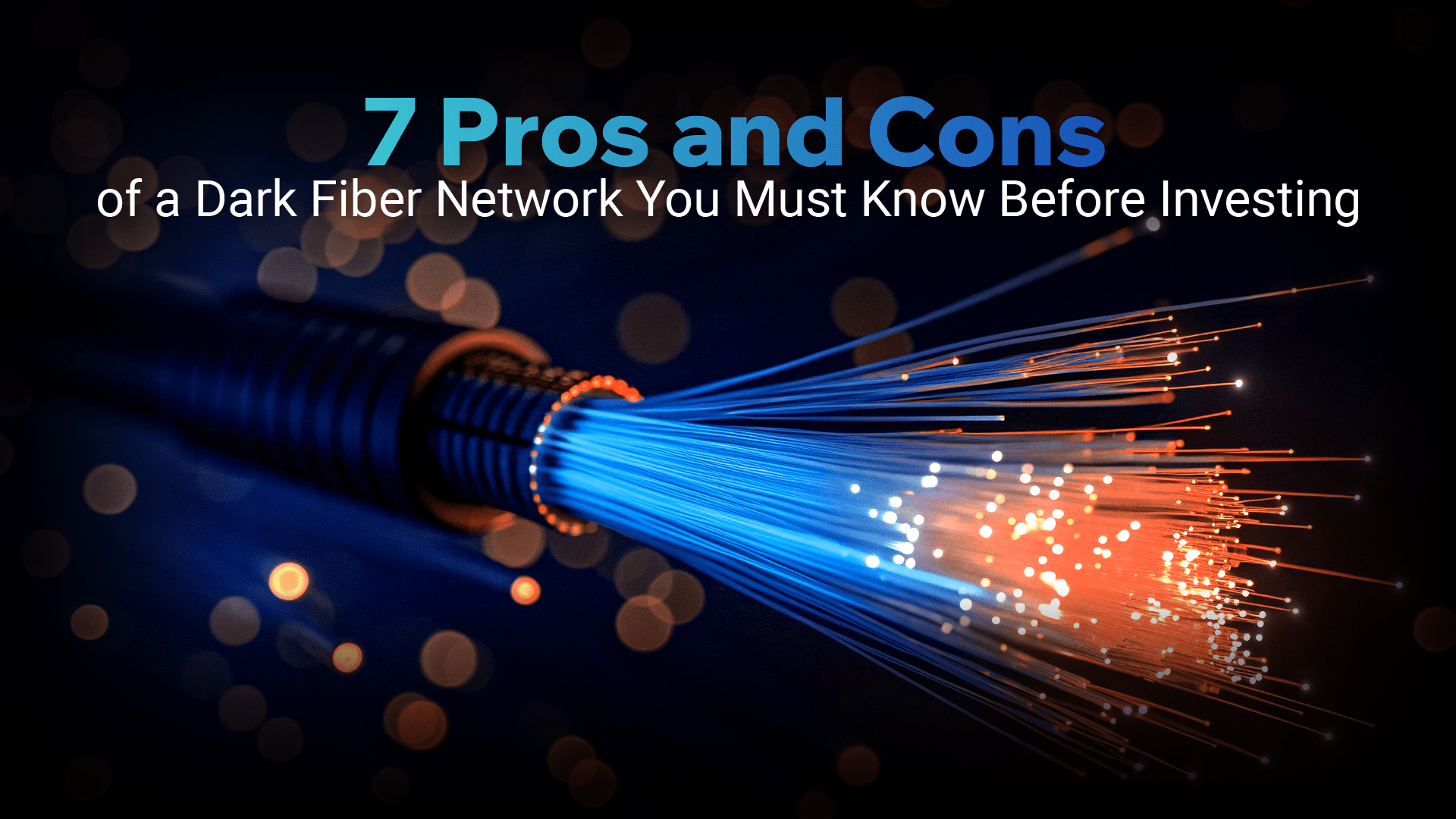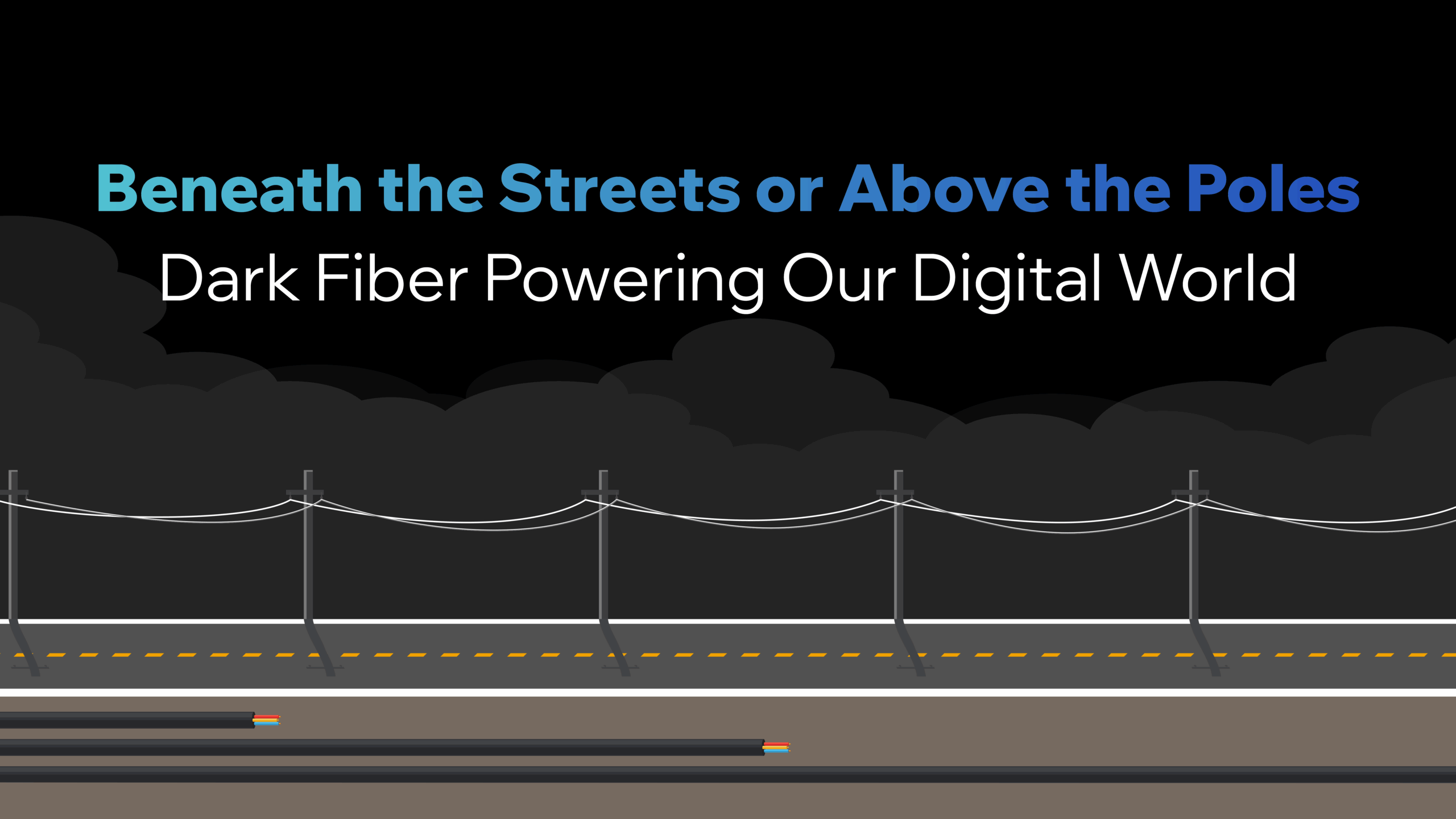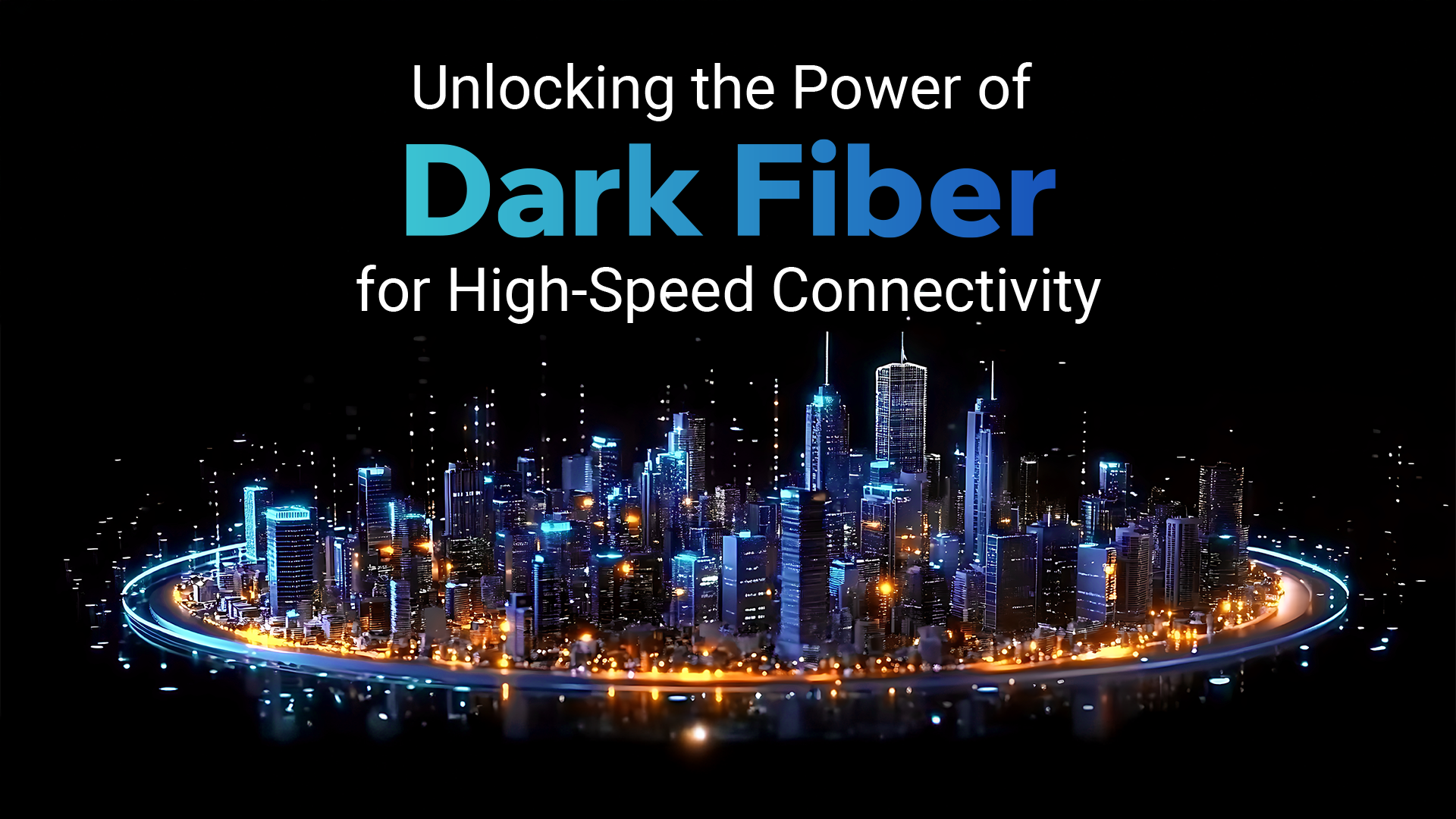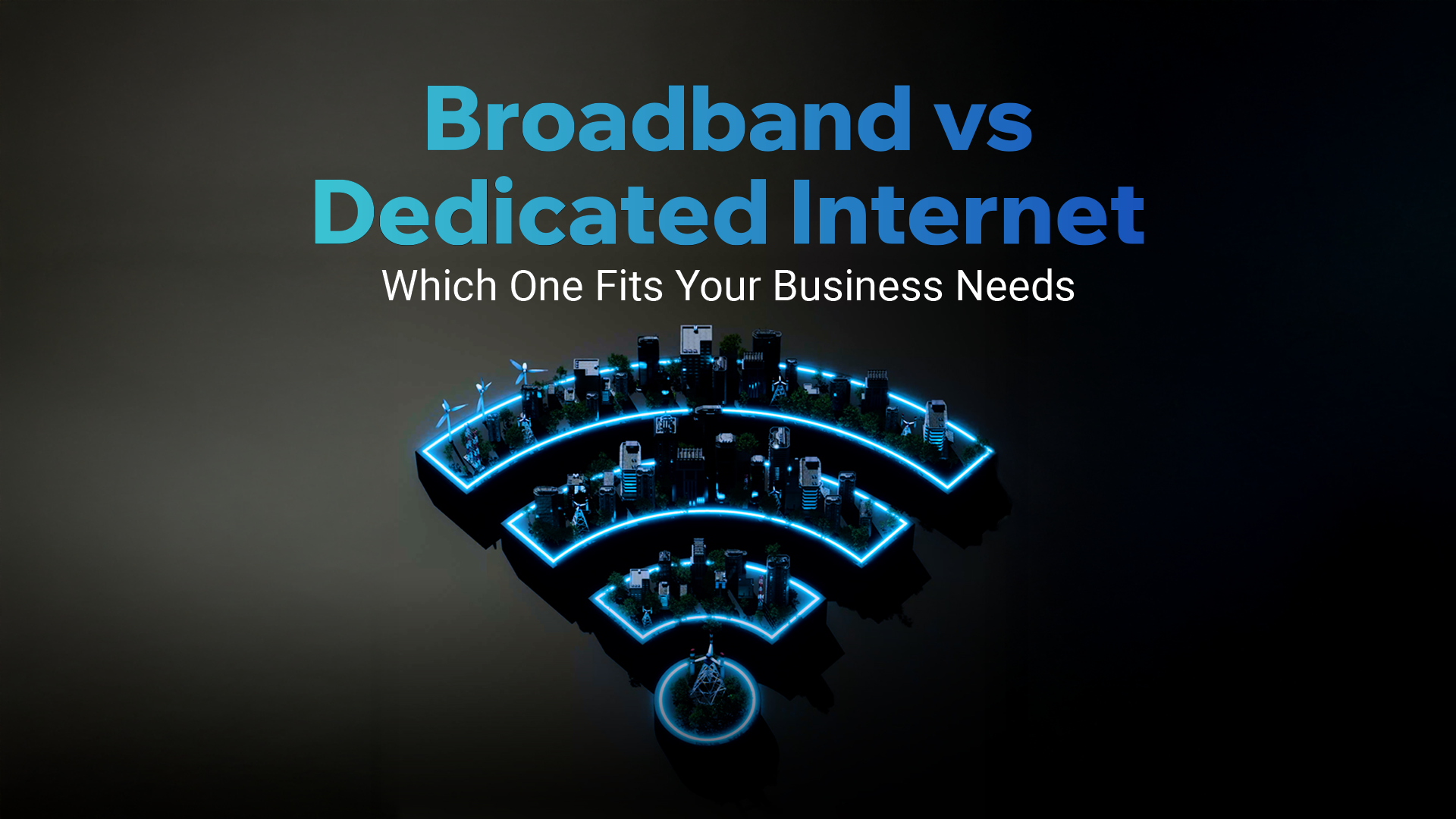
Data Center Interconnection 2025: Your Guide to Optimal Strategy
In the rapidly evolving digital landscape, data centers are no longer isolated silos of information; they are dynamic, beating hearts of the global economy. As we move into 2025, Data Center Interconnection (DCI)—the technology that connects two or more data centers—is undergoing a radical transformation. Gone are the days when simple fiber links were enough. Today, the explosion of AI workloads, the maturity of 5G, and urgent sustainability goals are rewriting the rules. To stay competitive, enterprises must adopt a DCI strategy that is agile, intelligent, and fiercely efficient. Here is your guide to building an optimal DCI strategy for 2025 and beyond. The 3 Pillars of Modern DCI 1. Speed at Scale: The Shift to 400G and 800G The defining trend of 2025 is the insatiable hunger for bandwidth. With Generative AI models training on massive datasets in real-time, legacy 100G links are becoming bottlenecks. 2. “Green by Design” Connectivity Sustainability is no longer a “nice-to-have”—it is a regulatory mandate and a business imperative. 3. The Edge-to-Core Continuum The centralized cloud is evolving into a distributed fog. With Edge Computing, data is processed closer to the user—whether that’s a factory floor or a retail store. Your 2025 Optimization Strategy To thrive in this new environment, your infrastructure strategy should focus on three action items: A. Adopt Cloud-Neutral Interconnection Don’t lock yourself into a single cloud provider’s ecosystem. Use carrier-neutral connectivity to create a “network fabric” that sits above the clouds. This allows you to move workloads between AWS, Azure, Google Cloud, and private data centers without massive egress fees or technical friction. B. Leverage AI for Network Operations (AIOps) You cannot manage a 2025 network with 2015 tools. Implement AI-driven management platforms that predict traffic spikes and hardware failures before they happen. “Self-healing” optical networks can automatically reroute traffic around a fiber cut in milliseconds, ensuring 99.999% uptime for mission-critical apps. C. Simplify with “Connectivity-as-a-Service” The days of waiting 60 days for a telco circuit are over. Modern platforms allow you to provision global bandwidth in minutes via a web portal or API. This agility is crucial for bursting bandwidth during peak seasons or quickly entering new markets. Conclusion: Future-Proof Your Network Today The future of infrastructure is fast, green, and automated. By upgrading to higher-capacity links, embracing sustainability, and utilizing software-defined platforms, you can turn your network into a competitive advantage. Ready to modernize your global infrastructure with instant, scalable, and secure connectivity? Explore advanced solutions for data center interconnection to keep your business ahead of the curve in 2025.


